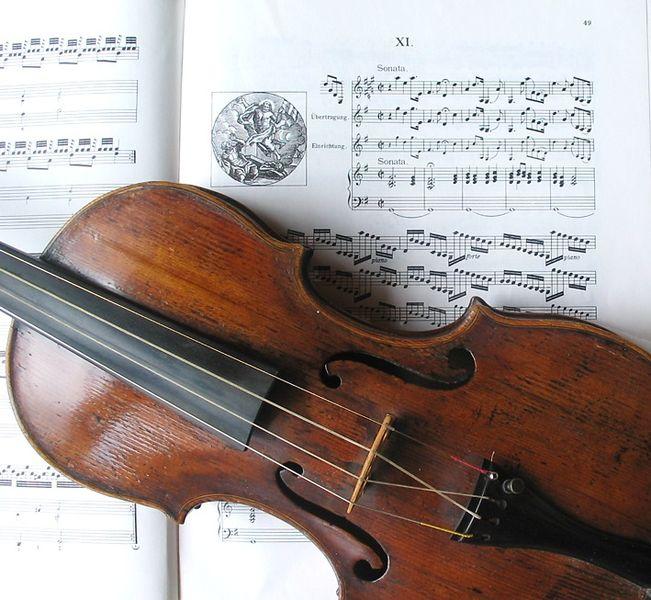String enthusiasts rejoice: In the near future you might be able to have your very own fungus violin, an instrument with a million-dollar sound but that will certainly not cost you a million.
While “fungus violin” might not roll off the tongue like “Stradivarius,” a sound test conducted in 2009 among an audience of experts found that the sound quality of a violin made from wood treated with a certain fungus rivaled, if not surpassed, that of one forged in the hands of the legendary Italian master Antonio Stradivarius.
The technology was developed by Francis Schwarze, scientist at the Swiss Federal Laboratories for Materials Science and Technology (EMPA), with the help of Swiss violin maker Michael Rhonheimer.
Schwarze treated wood with the white-rot fungus Physisporinus vitreus, which destroys specific structures in spruce wood, resulting in a substrate with superior tone quality.
Before musicians can get their hands on these “biotech violins,” however, researchers first have to standardize a process to fungally treat wood on an industrial scale.
The project has support. “Using modern science to explain the technical details of the material properties is something I find enormously interesting,” said Walter Fischli, co-founder of the biomedical company Actelion and hobby violinist, in a press release.
Fischli’s foundation is funding EMPA’s “mushroom violin” project. “In my opinion it would have been unforgivable to allow such an interesting project – one that so ideally links science and the art of violin making – to wither for lack of funding,” he said.
With the new support, a team of interdisciplinary specialists will gather data on the acoustic properties of various types of wood and develop methods to measure fungal activity over the next three years.






